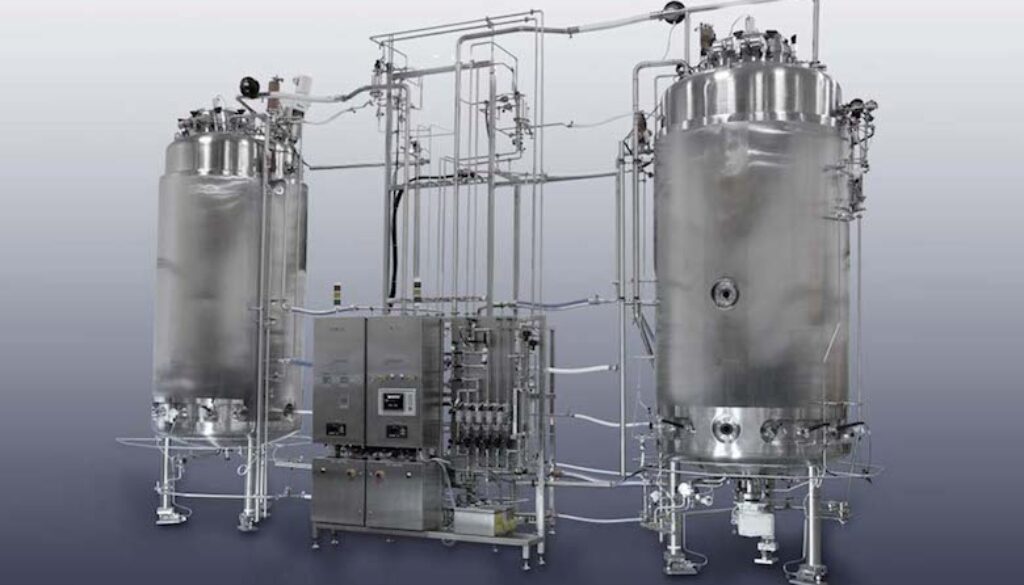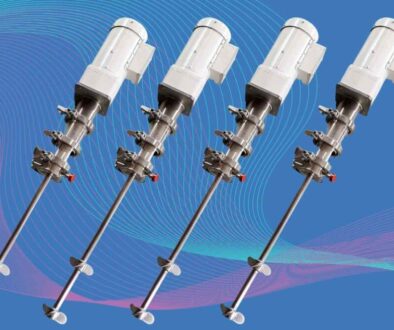The Versatility of Bioreactors in Bioprocessing
Bioreactors are vessels that are used to grow microorganisms and are employed in many industries. They are critical pieces of equipment in the biopharmaceutical industry where they are used to propagate cell cultures from mammalian and plant tissue. During this process, the bioreactor produces a range of products including medicines, antibodies and vaccines. They are also used extensively in tissue engineering for in vitro growth of new tissue for transplantation.
A bioreactor can also be used as a fermenter. Fermentation is a biochemical process whereby an organism such as yeast breaks down carbohydrates to produce alcohol, gases and other compounds, depending on the controlled environment. In medical applications, fermenters are often used to manufacture products like antibiotics and hormones.
Bioreactors play a vital role in environmental engineering and the operation of sewerage and waste water treatment plants. They can be used in aerobic or anaerobic digestion processes to break down undesirable waste material in effluent. This makes the treatment process more efficient, producing higher quality water for reuse.
Stainless Steel vs. Single-use Bioreactors
While there is healthy debate raging about the use of stainless steel versus single-use bioreactors, each has its advantages and disadvantages. There are a number of manufacturers who have opted to implement a hybrid of the two technologies.
The advent of single-use technology has seen proponents highlighting the ease of deployment, fast changeover and plant flexibility, which makes it attractive for CMOs. It also requires reduced capital outlay for plant and equipment. However, this is new technology which has a number of drawbacks as it:
- Is not suitable for large-scale production.
- Requires operator training in the acquisition of new skills.
- Imposes greater responsibility on operators which adds to the risk of things going wrong.
- Calls for meticulous planning to ensure availability of consumables.
- Carries the risk of damage to single-use bags, causing leakage or contamination.
The use of stainless steel bioreactors is well established and workers are well-versed in plant operation. Detractors point to their inflexibility, higher maintenance cost and increased risk of cross-contamination. However, stainless steel vessels do offer the following advantages:
- Reactors are available in larger capacities, suitable for large-scale, commercial production.
- There is a reduced risk of operator error.
- Manufacturers have complete ownership of process quality.
- This option can accommodate more advanced measurement and control technology.
The Future of Stainless Steel Bioreactors
A survey conducted of current facilities for cGMP commercial manufacturing showed that over eighty percent of companies are using stainless steel technology. In addition, with more than 75% of respondents stating a preference for stainless steel in their new facilities, it is clear that stainless steel is here to stay for the foreseeable future.
In acknowledgement of the challenge posed by single-use reactors to their market share, stainless steel equipment manufacturers are developing innovations in design that will allow more modularity and flexibility in operation. These are benefits that are most often attributed to single-use technology.
Designers are also looking at making changes to system design that will enable biopharmaceutical manufacturers to incorporate single-use equipment as part of a hybrid solution. For large-scale manufacturing, stainless steel vessels are more cost-effective and it is envisaged that reusable equipment will retain its dominance in this market.
Basic Bioreactor Design
Bioreactors can be classified according to their mode of operation as continuous, batch or fed batch systems. A fermenter is used to nurture and grow microorganisms by maintaining a constant temperature throughout the process. Bioreactors are used to produce different chemical substances by varying the temperature during the process. This makes a bioreactor more versatile than a standard fermenter in terms of the variety of products that can be produced.
Vessels are usually made from 316L stainless steel and are designed using biochemical engineering principles, which can be complex. Bioreactor designers need to take several process parameters into consideration, including temperature, pH, nutrient concentration and the amount of dissolved gases necessary for fermentation or biochemical reaction.
Many bioreactors are fitted with agitators to facilitate mixing and even temperature distribution within the vessel. Cooling jackets or coils are used to maintain temperature. In some applications, like exothermic fermentation, external heat exchangers are used to cool the product. Gases required for biochemical reaction need to be controlled when added to the vessel. By-product gases also need to be released from the bioreactor.
State-of-the-art bioreactors include re-sterilizable valves for additions, sampling and harvesting. They are also fitted with tube spargers for oxygen, air and carbon dioxide. The entire system is controlled using a process controller using SCADA software. Leading process equipment manufacturers will supply bioreactors mounted on a skid and suitable for turnkey installation and commissioning.




